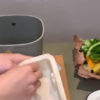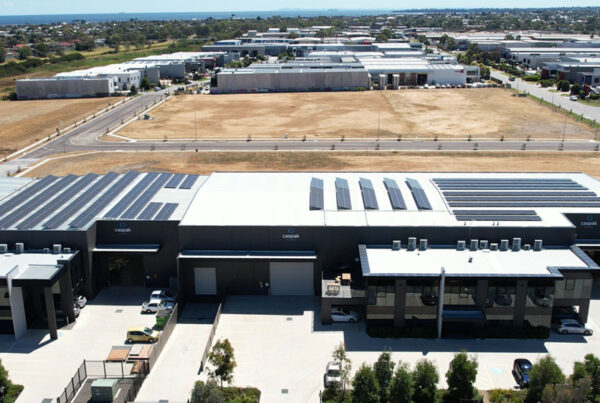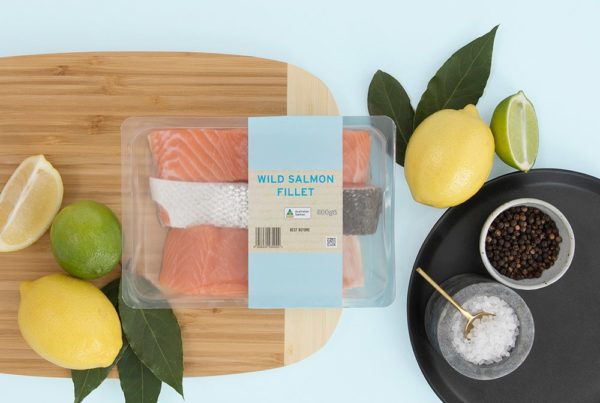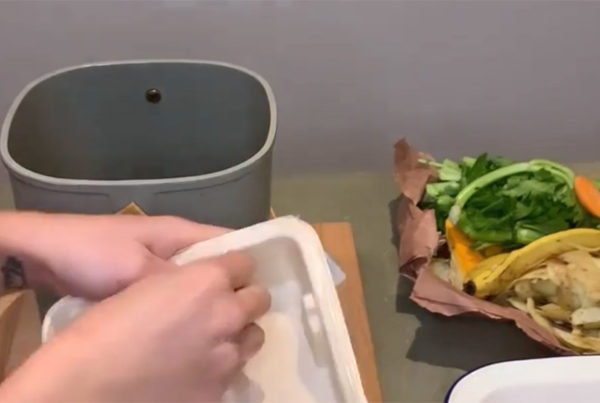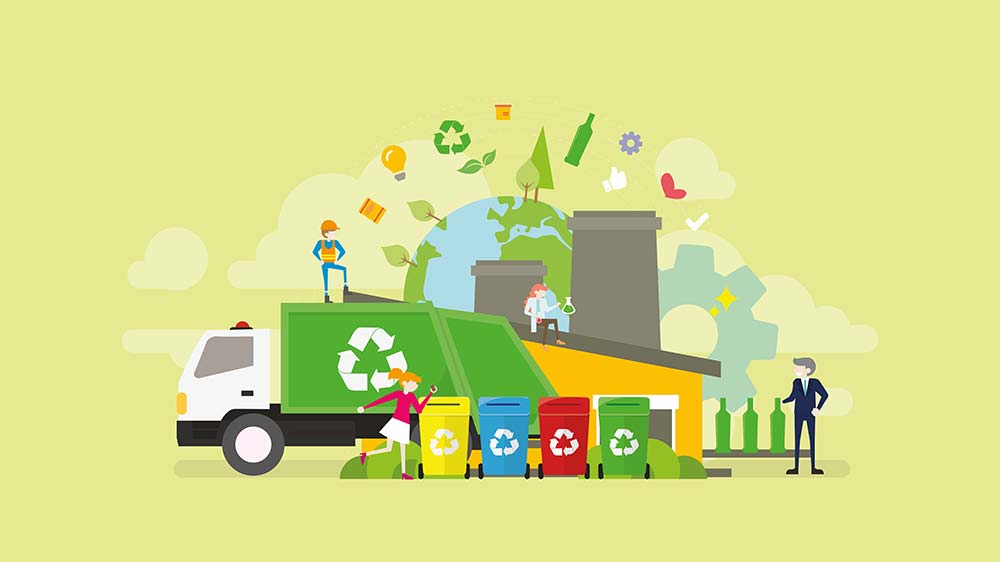
The three R’s of reduce, reuse, recycle, are how waste disposal has traditionally been framed, but this is a very simplistic view of the issue. If we consider that packaging and the products in them are more complex, and that sometimes the only option is to send them to landfill, we need to reconsider the whole idea of what’s important when it comes to the waste hierarchy.
With so much value placed solely on avoiding landfill, how can we do better in how we manage waste? Sticking to the three R’s limits the products we can use and often limits the ability to innovate and find new ways we can reduce the waste in landfill.
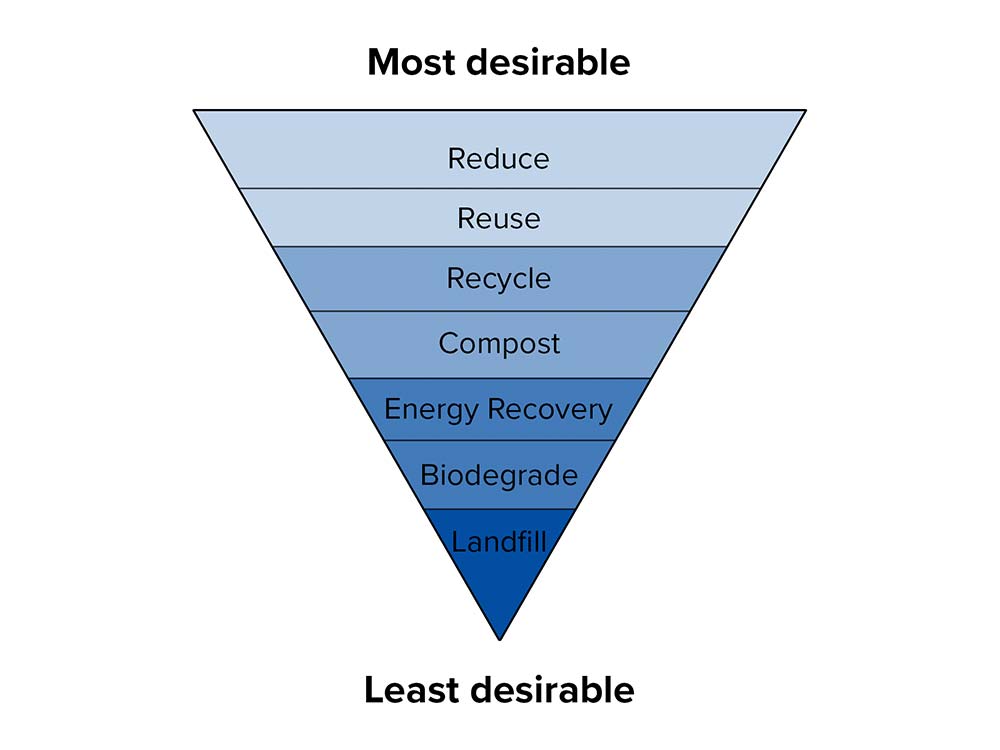
A broader view of waste means there is more scope for innovation for the future in a way that can be managed through current systems without increasing negative impact.
Working from a top to bottom perspective gives a better understanding of where packaging can currently sit and where it may be able to move to, at the same time as recognising and accepting that not all packaging can sit in the top tiers.
Becoming more educated on where packaging fits in this eco-system now helps better decisions to be made in the future. If innovations and changes can be made to packaging that allows it to move into a more desirable tier of the hierarchy without being detrimental to the product, why not make these changes?
Not all products will allow for adjustments without causing issues with the product, especially when it comes to food preservation, but with more innovation comes more room for movement. It all starts with education and innovating for the future in a way that we can manage in the present.




